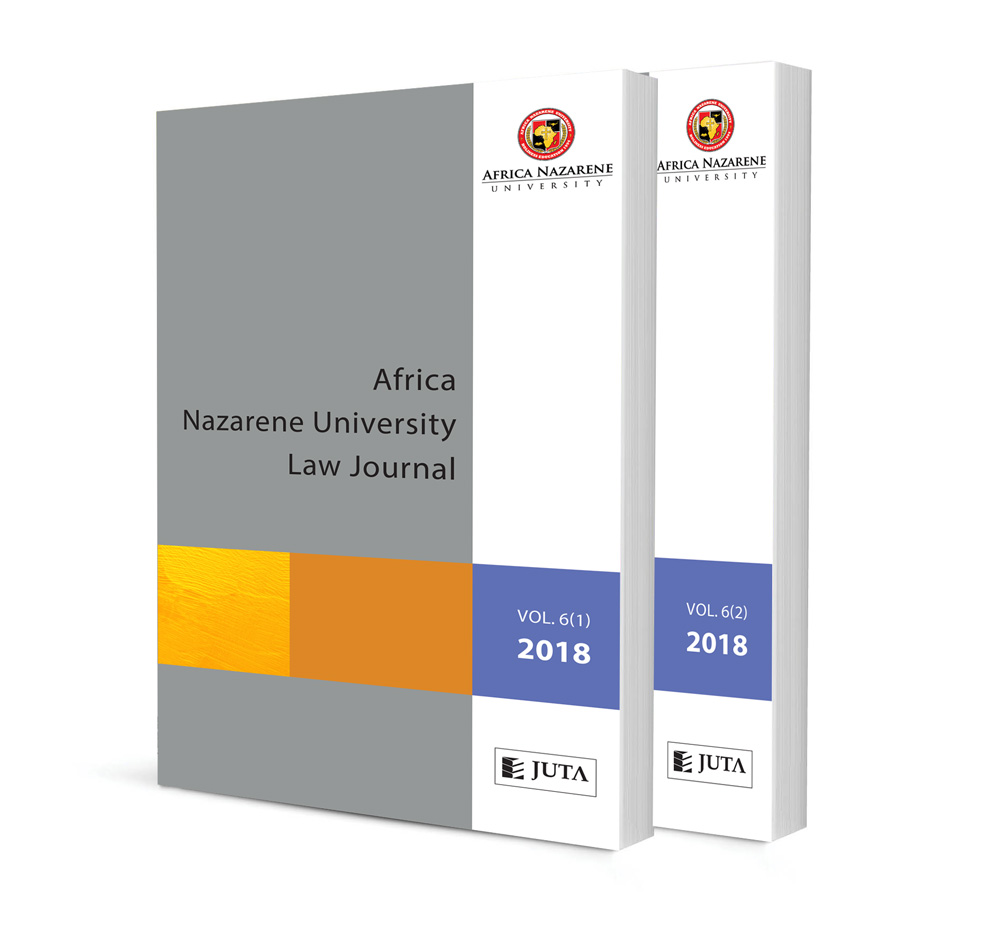Abstract
The history of human rights protection in Africa before the adoption of the African Charter on Human and Peoples’ Rights (also referred to as the African or Banjul Charter) was not a palatable one. The African states have been described by some scholars as egregious human rights violators and the ability to create an effective human rights system was doubted. The regional African human rights system is based on the African Charter, which was adopted in 1981. In June 1998, the now African Union (AU) established the African Court on Human and Peoples’ Rights. The court was intended to complement the mandate of the African Commission on Human and Peoples’ Rights, established in 1987, which was seen as being ineffective. The African Court of Justice, which never functioned under the auspices of the AU, and the African Court on Human and Peoples’ Rights were merged by virtue of the Protocol to the Statute of the African Court of Justice and Human Rights in June 2008 to form a single court, the African Court of Justice and Human Rights (ACJHR). The usefulness of this new court is marred by procedural difficulties as individuals cannot directly institute cases before the court. However, under the Economic Community of West African States (ECOWAS) regional arrangement, it is scintillating to discover that the ECOWAS Community Court of Justice (ECCJ), which is a sub-regional trade judicial organ, appears to take the lead, even ahead of the African continental Human Rights Court, by granting direct access to individuals, which enables them to institute cases before the court. In addition, cases are admitted to the court even without exhaustion of domestic remedies, and decisions are delivered in a speedy manner and have final binding effects on the Member States, the institutions of the community, individuals and corporate bodies. In the context of this development, this article examines the processes through which ECOWAS as a sub-regional organisation was established, the way in which the court evolved, the jurisprudence of the court, decided cases, and factors that make the court seem to be an attractive option for human rights litigation.
